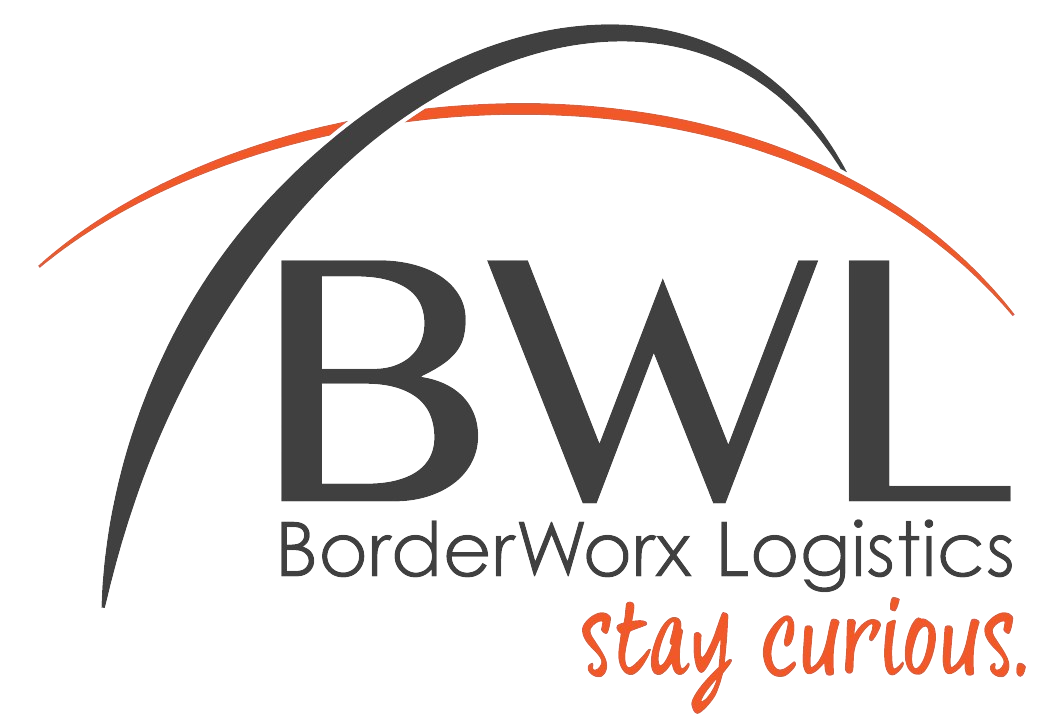When it comes to scaling a business, deciding when to invest in warehousing can be a pivotal moment. The transition to warehousing often marks a significant step in a company’s growth, moving from a small, possibly home-based operation to a more substantial, scalable model. Here are several key indicators and metrics that can help you determine when it’s time to start looking for warehousing solutions for your business.

1. Inventory Volume Outgrows Current Storage
One of the most straightforward indicators is simply running out of space. If your inventory volume has outgrown your current storage capacity – whether that’s a home garage, office space, or small storage unit – it’s likely time to consider warehousing. A good metric to watch is your utilization rate; if you’re consistently above 80-90% of your current storage capacity, start looking for warehouse space.
2. Sales Volume and Order Frequency Increase
As your sales volume and the frequency of orders increase, fulfilling orders from a smaller operation can become challenging. Metrics to monitor include the number of orders processed daily or weekly and the growth rate of these orders over time. If you notice a steady increase, especially if seasonal spikes are becoming harder to manage, it might be time to move to a warehousing solution that can handle higher volumes efficiently.
3. Stockouts and Inventory Mismanagement Occur Regularly
Frequent stockouts or inventory mismanagement can indicate that your current system is no longer adequate. These issues not only affect customer satisfaction but can also impact your bottom line. If inventory tracking becomes a significant challenge, or if you’re noticing more frequent stockouts without a corresponding increase in sales, it’s a sign that you need a more sophisticated inventory management system, often found in conjunction with warehousing services.
4. Expanding Product Lines or SKU Count
As your business grows, you might find yourself expanding your product lines or increasing your SKU count to meet customer demand. Managing a larger variety of products can quickly become complex without adequate space and an organized inventory system. If you’re planning to expand your offerings substantially, it’s wise to consider warehousing options before these expansions take place.
5. Shipping and Fulfillment Becomes Overwhelming
If the logistics of shipping and fulfillment are taking up a significant portion of your operational capacity, causing delays or errors in shipping, it’s time to look at warehousing. This is particularly true if you’re struggling with managing multiple shipping carriers, international shipments, or complex fulfillment processes. A warehouse can provide streamlined operations and often better shipping rates due to higher volumes.
6. Desire to Expand Market Reach
If you’re looking to expand your market reach geographically but find the logistics of doing so daunting from your current setup, warehousing can offer a solution. Centralized or strategically located warehousing can reduce shipping times and costs, making it easier to serve a wider area or enter new markets.
Conclusion
Transitioning to a warehouse is a significant step for any business. It involves additional costs and complexities but also offers the potential for greater efficiency, scalability, and customer satisfaction. Monitoring these key metrics and indicators will help you make an informed decision about when to make this pivotal move. Remember, the goal of warehousing should align with your overall business strategy, supporting growth and improving operational efficiency.
If you are currently looking for warehousing, or have any questions about warehousing, please contact us! We are here to help you scale your business.
